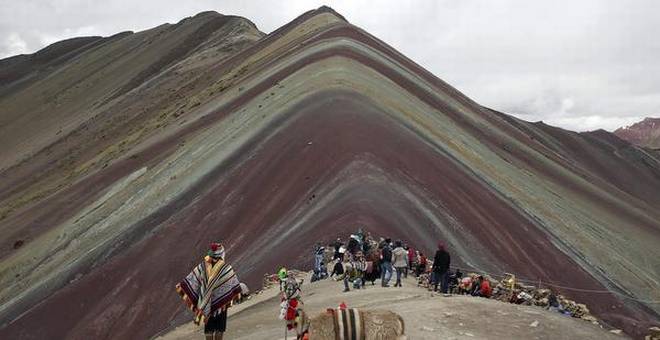900 319 0030
enquiry@shankarias.in
Most Polluted Cities in the world
Water-based battery
Ganymede
Rainbow Mountain

Yangli festival
Dust storm
Source: PIB, The Hindu, Down to Earth